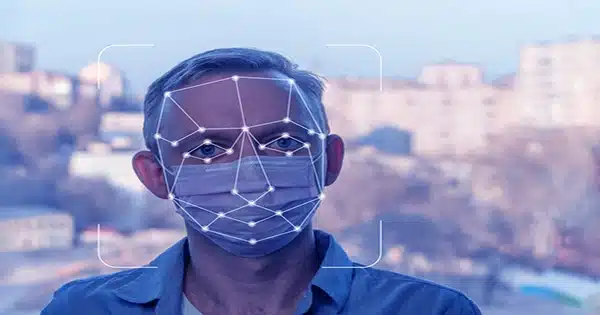Facial recognition systems, which use computational tools to distinguish individuals in photographs or video recordings, are now widely used around the world. Some users and developers, however, have expressed privacy concerns, as facial recognition systems rely on photos of people’s faces. Facial recognition technology can be used without authority to identify a person based on their face.
Some recent computer science studies have so investigated the idea of preventing unauthorized facial recognition from recognizing users by obfuscating, synthesizing, or modifying photos to increase user privacy. This area of research is now commonly known as anti-facial recognition (AFR).
Researchers at Zhejiang University’s USSLAB recently created CamPro, a new technique for achieving AFR at the camera sensor level, resulting in photos that safeguard users’ facial privacy while not interfering with other applications like as activity recognition. Their article, accepted by NDSS 2024 and pre-published on the arXiv preprint service, demonstrates their proposed technique with photos from widely available cameras.

“The rapid development of artificial intelligence (AI) has facilitated various computer vision applications that recognize human activity,” Wenjun Zhu, co-author of the article, explained to Tech Xplore. “However, sensitive personally identifiable information (PII), particularly the faces in the images, is collected and uploaded concurrently to untrustworthy third-party servers.”
To this aim, we present CamPro, a camera-sensor-based face privacy protection solution that may transform a standard camera into a privacy-preserving camera that cannot collect facial features for identification. Anti-face Recognition (AFR).”
Most previously introduced AFR techniques rely on post-processing, which essentially means that they modify images captured by cameras after they have been taken. However, the CamPro approach created by USSLAB only begins to act when images are generated by camera sensors, making it more difficult for malevolent users to defeat. The researchers named this paradigm “privacy-preserving by birth.”
“A camera module usually consists of an image sensor (CMOS or CCD) and an image signal processor (ISP),” he said. “The image sensor converts the perceived lights to raw readings (RAW), and then, the ISP, a specialized hardware for signal processing, converts the RAW to a standard RGB (sRGB) image that accords with human visual systems.”
ISP systems are critical components of modern digital cameras, which serve two main tasks. For starters, they enable the efficient conversion of RAW photos to sRGB images. In addition, they provide control over image-capturing sensors, such as altering shutters and ISO sensitivity to achieve automated exposure.












